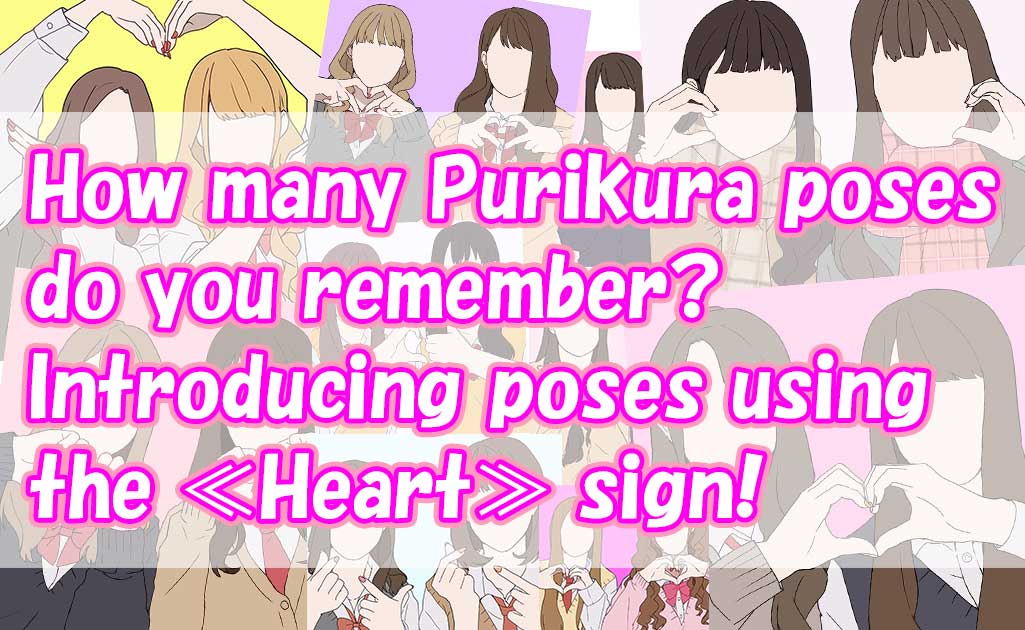How many Purikura poses do you remember? Revealing all the poses popular among Heisei-era Gals!
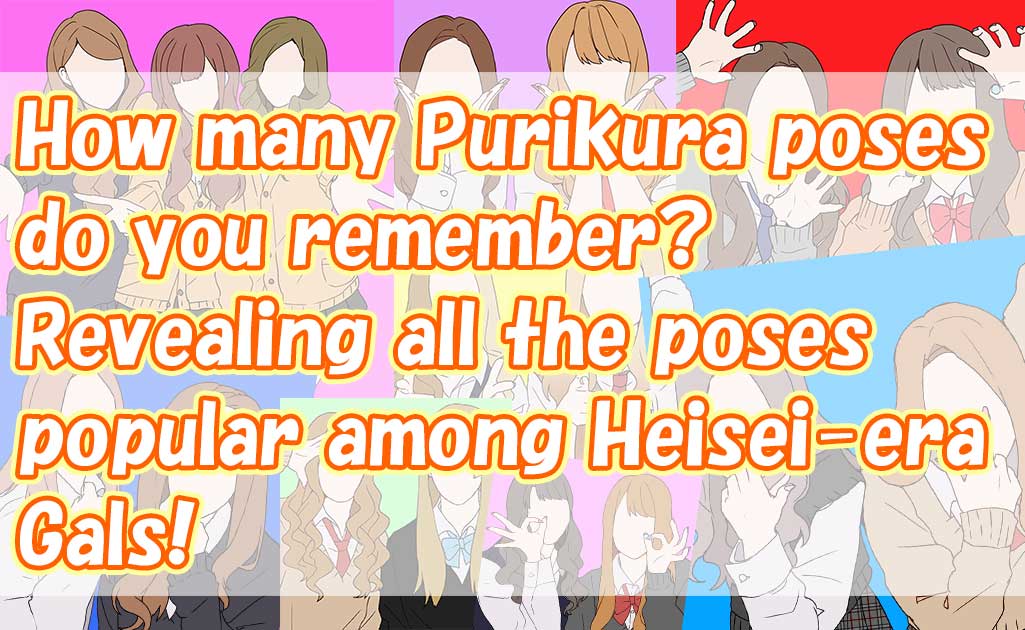
The "Purikura," a symbol of the Heisei era, gained popularity in 1996.
Many people may say, "It was my daily routine to go to the game center to take photo booths after school!"
Taking Purikura with friends was a must when hanging out! The rule was to take pictures at least twice.
However, due to the frequent sessions of taking Purikura, what often became a challenge was the "pose" for the photo!
We enjoyed incorporating ideas into our poses, either adopting ones commonly used by comedians and popular models or creating our own unique ones.
So, this time, we will introduce several Purikura poses that were popular among the Gals of the Heisei era.
We've compiled a range from nostalgic to the latest ones, so have fun seeing how many you remember!
The egg pose
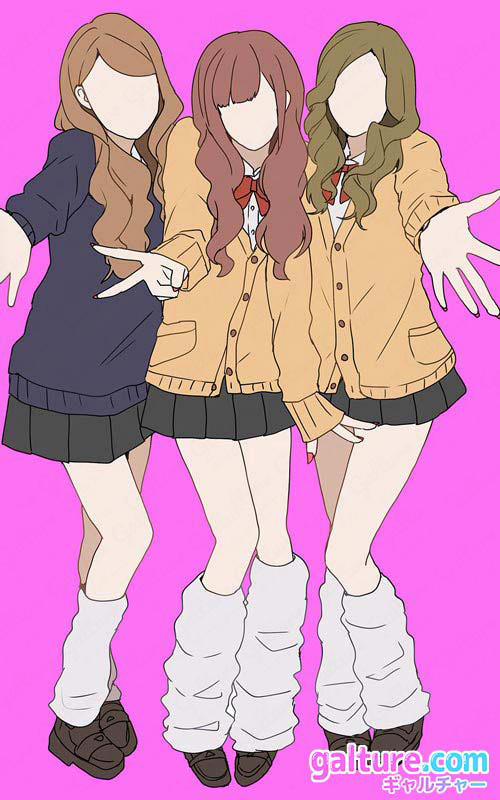
The egg pose is one of the classic full-body Purikura, where you spread your palms open and stretch your arms forward.
It became popular among the young women known as "kogyaru" due to its frequent use by super high school students, who were referred to as "charisma" in the gal magazine "egg."
Even entering the 2000s, it remained a popular standard pose among gals and was often seen in Purikura and on the pages of "egg" magazine.
After the decline of the gal boom, it was shunned as an "old pose," but with the revival of "egg" in the Reiwa era, it has once again attracted attention.
The Center GUY

Around 2003 in Shibuya, "Center GUYs," who favored flashy fashions in primary colors, made their appearance.
A pose commonly struck by Center GUYs in magazines caught the attention among gals and gyaru-o (male gals).
The pose involved one hand making a gesture similar to a reverse peace sign, while stretching the other arm behind the back.
This pose was also used by Conan from the anime "Detective Conan" when he was dancing Para Para!
Given the short-lived boom of the Center GUY, it can now be considered a legendary pose.
"Oraora" pose
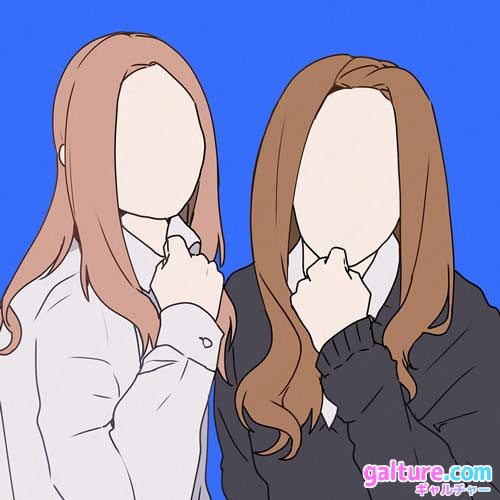
The "Ora Ora" pose is often done by delinquents and gals.
In this pose, you make fists with your hands to express strength.
Perhaps he was at an age where he wanted to be seen as a bad person, and I remember that he often did this pose with his friends when he was a teenager or in his early 20s...
The graffiti typically associated with this pose includes phrases like "Kenka-joutou" or "Ora-ora."
It was a popular pose among young people who wanted to express an image of strength.
The "Gets" pose
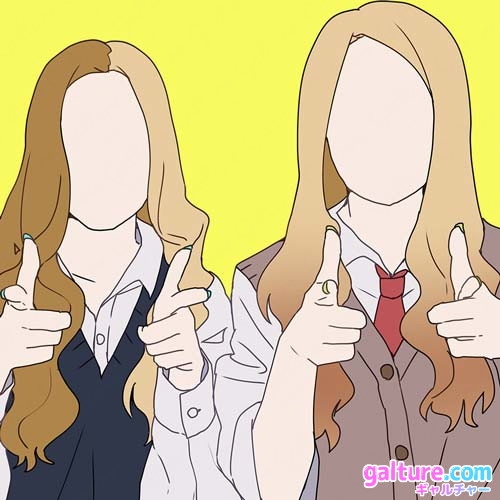
The "Gets" pose, known as one of the joke of the comedian "Dandy Sakano".
It involves posing with both hands in front of the face, opening the thumbs and index fingers.
While it may not convey cuteness, it was commonly used as one of the joke poses in Purikura.
The Salute pose
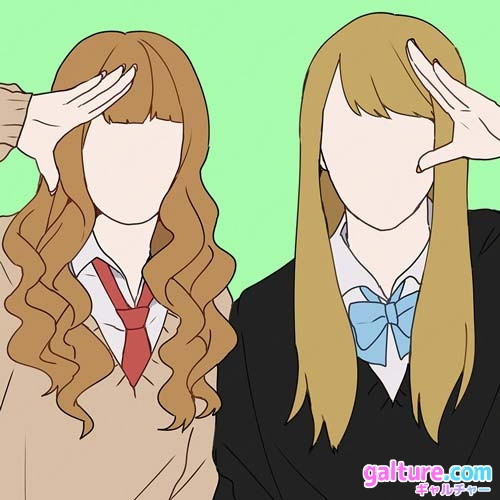
The Salute pose, as the name suggests, mimics the salute of police officers.
The key point is to slightly open the thumb!
By bringing the four fingers from the index to the little finger to the forehead and the thumb towards the cheek, it was believed to create a small-face effect.
The Gao Gao pose
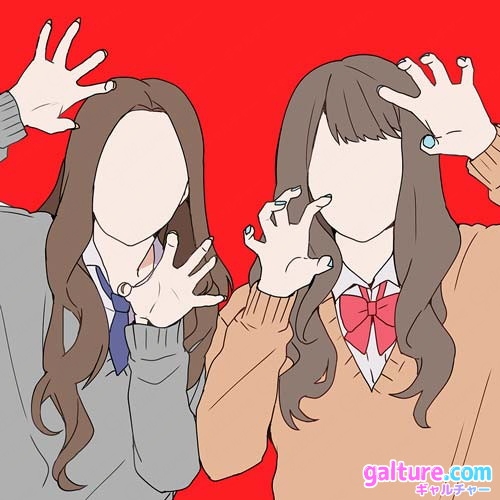
The Gao Gao pose involves slightly bending the fingers of both hands to mimic the claws of a fierce beast.
This pose was used among Heisei-era gals, but it has made a comeback among Reiwa-era teenagers, especially after being seen performed by members on the love reality show "Wolf Boy, Don't Be Deceived" broadcasted by AbemaTV.
The Rola pose
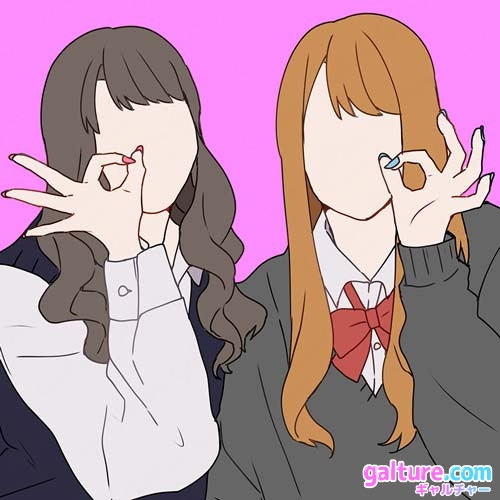
The Rola pose is named after Rola, a former Popteen model and talent, known for making this pose when saying "Okay."
The gesture of forming a circle with the thumb and index finger and placing it against the cheek became popular for its "cute" appeal.
The Small Face pose

The Small Face pose is renowned among Heisei-era gals for its outstanding effect in Purikura poses, known for making the face appear smaller.
It was very popular because by placing both hands on your cheeks, you can directly hide the lines (contours) of your cheeks, creating a cleaner contour and making your face look smaller.
Purikura poses are popular not only among Heisei gals but also among teenagers in the Reiwa era.
Did you find any poses nostalgic?
We introduced poses that were often used when people got tired of just incorporating "peace" and "heart" signs into their poses.
From the 90s to around 2010, it was normal to take several Purikura pictures in a day.
To prevent the mannerism of poses, it was customary to continually incorporate new poses.
However, from the end of the Heisei era to the Reiwa era, poses have increasingly originated from SNS with platforms like TikTok, Instagram, Twitter, and YouTube becoming major sources of trends.
